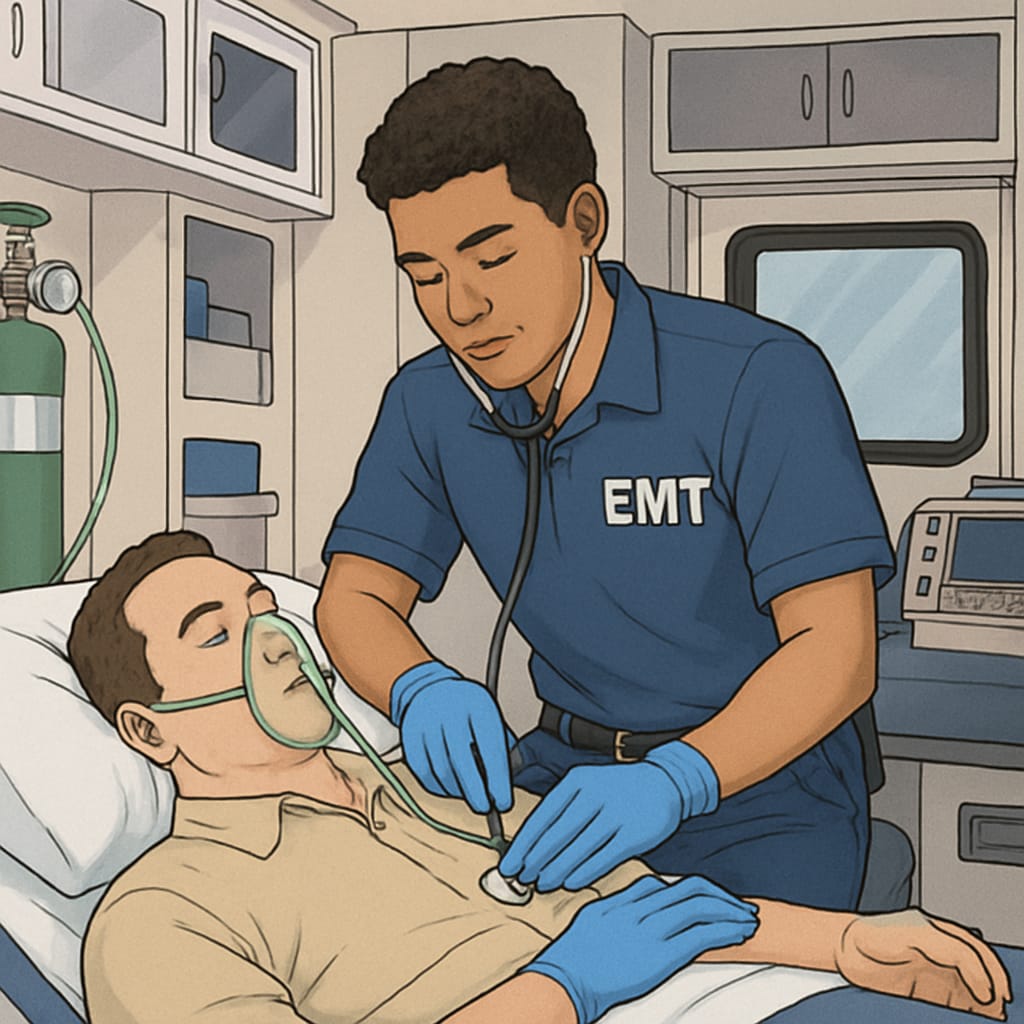Transferring from a community college into a four-year university’s nursing program can be a transformative step for students pursuing a career in healthcare. For those with a mid-range GPA or limited experience, the right strategies can make all the difference. This guide outlines key approaches for nursing major transfers, emphasizing GPA improvement, leveraging EMT experience, and crafting a compelling application that highlights your passion for nursing.

Choosing the Right Nursing Program
Before initiating the transfer process, it is crucial to research and choose the nursing programs that align with your career aspirations. Factors to consider include accreditation, NCLEX-RN pass rates, clinical opportunities, and program prerequisites. For example, many universities require specific science courses and minimum GPA thresholds for nursing applicants. Additionally, some may give extra consideration to students with hands-on healthcare experience, such as EMT certification.
Use resources like the U.S. Bureau of Labor Statistics to explore career prospects and program requirements. Planning ahead ensures you meet all the necessary criteria and deadlines.
Strengthening Your Application with EMT Experience
EMT (Emergency Medical Technician) certification can provide a significant advantage in your nursing transfer application. This experience demonstrates your ability to work under pressure, communicate effectively, and provide patient care—all essential skills for nursing professionals.
If you don’t already have EMT certification, consider enrolling in a local EMT training program while completing your community college coursework. This certification not only boosts your application but also offers valuable insights into the healthcare field, helping you stand out among other applicants.

Improving GPA and Academic Performance
For students with a mid-range GPA, proactive steps to improve academic performance can significantly impact transfer success. Focus on excelling in prerequisite courses such as anatomy, physiology, and microbiology, as these are often weighted heavily in nursing program admissions.
- Seek tutoring for challenging subjects to ensure strong grades.
- Participate in study groups to reinforce learning and build connections.
- Meet with academic advisors regularly to stay on track with prerequisites.
In addition, some universities may allow for grade replacement policies. If you’ve struggled in key courses, retaking them for a higher grade can demonstrate your commitment and readiness for rigorous nursing coursework.
Crafting a Compelling Personal Statement
Your personal statement is an opportunity to highlight your journey, passion for nursing, and unique qualifications. For example, you can discuss how your EMT training has prepared you for the challenges of nursing or how your experiences in community college have shaped your academic and professional goals.
Key elements to include:
- A clear explanation of your motivation for pursuing nursing.
- Specific examples of experiences that demonstrate your skills and dedication.
- A connection between your academic achievements and your aspirations in healthcare.
Final Tips for Successful Nursing Major Transfers
Transferring into a nursing program requires careful planning and persistence. Here are additional tips to ensure success:
- Start researching transfer requirements at least a year in advance.
- Attend transfer fairs and connect with university nursing advisors.
- Build strong relationships with professors who can provide recommendation letters.
- Stay organized with application deadlines and required documents.
As a result, community college students can confidently navigate the transfer process and take meaningful steps toward achieving their nursing career goals.
Readability guidance: Break content into short, digestible sections. Use lists to summarize key points and maintain a balance of transition words for smooth reading. Ensure images complement the text and clarify concepts visually.


